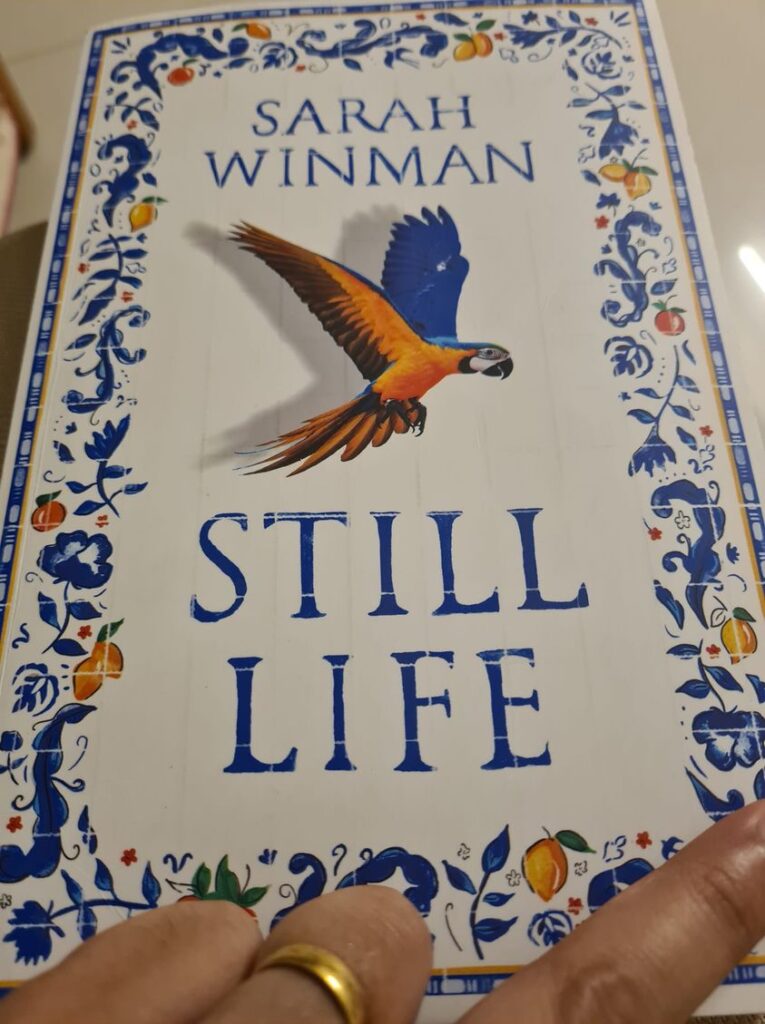“Still Life” by Sarah Winman

Sarah Winman’s Still Life begins during the Second World War and then the story develops over the next few decades. The cast of characters, more or less, remain the same. It includes a parrot that went dumb during the bombing of London.
Still Life is a large, expansive, slow moving historical fiction. It has the languid pace that one associates with all things Italian. And rightly so as a substantial portion of the novel is set in Italy. Even the sections that are set in England have a very slow pace that is mostly written in the third person. It is an odd literary technique to employ in a novel that could quite easily move crisply if the protagonist Ulysses Temper had had more of a voice. Instead, it’s almost as if he has a very dispassionate connect with the locals. This despite his wife, Peg, and her child, Alys, being part of the community. He is far too accommodating of everyone’s wishes and always does his best to please them. Until, he learns of his Italian inheritance. He has been bequeathed a property by “Arturo” whom he met briefly while stationed as a Private during the war. It is a life changing moment and he moves countries, taking Alys, whom he loves very much.
But Still Life is also about women, women painters, painting, and aspiring to be artists. Their impact upon others lives as Evelyn Skinner, a sexagenerian art historian, has upon Ulysses and later, Alys. Evelyn’s fine talk about aesthetics, artists, beauty ultimately impacts Ulysses life in many ways. This book is about their extraordinary relationship, being kindred spirits who discovered each other during the war and a spark was lit that transcended many social barriers.
Still Life also works as a metaphor in this novel. For its ability to capture a vignette of life as paintings with a “Still Life” theme attempt. Usually still life painting compositions are of the very ordinary elements found in daily life. The intense focus upon these objects by the artist transforms them from the mundane to something exquisite, a precious piece of artwork. This novel is much like this. It is to Sarah Winman’s credit that she takes the very ordinary lives of very common, nondescript folks and through her way with words, turns the novel into a piece of art.
To appreciate this story, the reader needs to zone into that mindset and engage with it; much in the way a painting is appreciated– you stand and gaze upon it, to discover more than the veneer.
At nearly 500 pages, this novel is meant for diehard fans of Sarah Winman. But those who like historical fiction may like it too. Winman has a way of getting the reader hooked from the first page. It works as long as the novel can be read without too many interruptions. Otherwise the large cast of characters can get quite tough to recall.
The book was released on 10 June 2021.

12 June 2021
